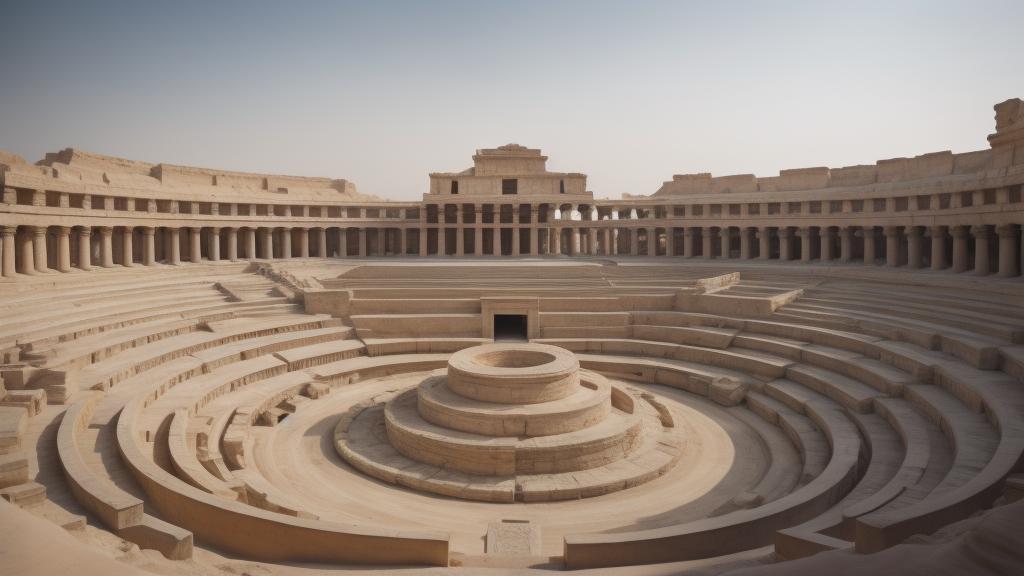When we think of ancient civilizations, names like Egypt, Rome, and Greece often come to mind. However, many fascinating aspects of these cultures aren't widely known. This article delves into some surprising facts about ancient civilizations that will leave you intrigued and wanting to dive deeper into history books.
Starting with Ancient Egypt, everyone knows about the pyramids and the Sphinx. However, did you know that Egyptians were perhaps the first to utilize a calendar based on a 365-day year? This innovation was crucial for their agricultural planning along the Nile. Also, contrary to popular belief, the Great Pyramid of Giza was not built by slaves, but by a well-fed workforce that consisted of skilled laborers.
Now, let's travel to the mysterious Indus Valley Civilization, often overshadowed by its contemporaries. Not only were its cities like Harappa and Mohenjo-Daro advanced with a grid layout and sophisticated drainage systems, but archaeologists have also discovered evidence of dental surgery dating back 7,000 years. This implies that the people had considerable knowledge about medical procedures.
Shifting our focus to the Greeks, their contributions to philosophy and democracy are well-known, but did you know that they had a surprisingly modern approach to shopping? Ancient Athens had its own version of malls, known as agoras, bustling with vendors selling goods from across the region. Plus, the Greeks were fond of a unique form of play known as 'episkyros,' considered a precursor to modern soccer.
The Roman Empire is often credited with remarkable architecture and road systems, but let's not forget their engineering marvels in aqueducts. What’s less known is that Romans utilized a form of concrete that has proven to be incredibly durable, lasting thousands of years. Remarkably, this technique is known to be more environmentally friendly than some modern methods.
Ancient China, too, has its share of lesser-known wonders. The Terracotta Army, composed of thousands of life-sized clay soldiers meant to guard Emperor Qin Shi Huang in the afterlife, is a staggering feat. Beyond this, ancient Chinese scientists were adept at early seismology, inventing the first known seismoscope in 132 AD, which could detect and indicate the direction of an earthquake.
Lastly, let’s not forget the Americas. The Mayan civilization is renowned for its pyramids and calendar, but it's less celebrated for its advanced understanding of astronomy. The Mayans built observatories to track celestial bodies with astonishing precision, a testament to their scientific prowess.
These are just a few captivating truths about ancient civilizations that often go unnoticed. From intricate medical procedures and advanced seismology to early forms of soccer and innovative building materials, these aspects remind us of the genius and ingenuity that flourished long before our modern era.
Unbelievable facts about ancient civilizations you didn’t learn in school

